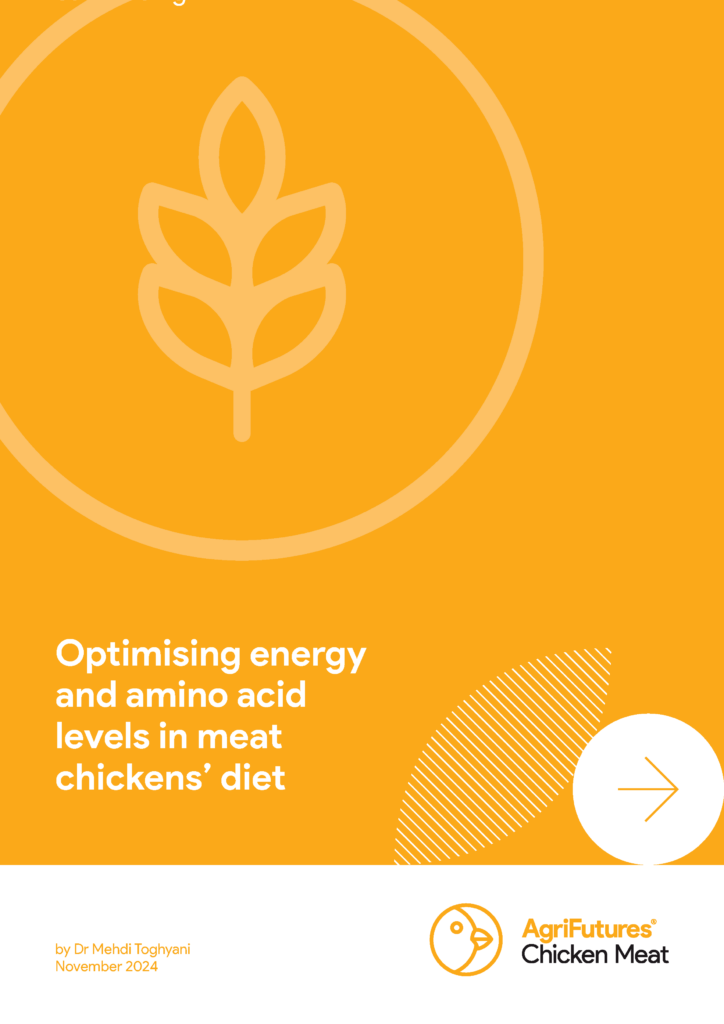Typically, feed represents at least 70% of meat chicken production input costs, and energy and amino acids (AA) are among the most expensive components of the meat chicken diet.
Feed ingredient prices are continuously impacted by a variety of factors, some of which are unforeseen and unpredicted, such as weather conditions (floods and droughts), global crude oil market dynamics, geopolitical instability, import tariffs and even currency exchange rate fluctuations. Greater use of chicken meat feed ingredients for biofuel production over the past decade has also caused ingredient prices to rise.
Strategic ingredient purchasing or using alternative ingredients may to some degree assist in easing the pressure on finished feed costs. However, the most promising approach to minimising the impact of ingredient availability and pricing is adjusting the density of the most expensive and key nutrients – energy and AA – in diets for maximum production efficiency and economic return.
Furthermore, understanding how to formulate diets in a way that promotes optimal nutrient utilisation will minimise nutrient output to the environment and, as such, assure the sustainability of meat chicken production in Australia.
This research comprised four feeding trials to determine the interactive effects of dietary nutrient density on meat chicken performance metrics, carcass quality and finished feed cost per kg of live bodyweight. The findings emphasise the pivotal role of dietary metabolisable energy (ME) and AA densities in shaping both the performance and feed cost outcomes for modern meat chicken strains.
Balancing ME and AA levels is essential not only to achieve optimal growth, feed efficiency and carcass traits, but also to manage feed costs effectively. The dataset generated offers chicken meat producers valuable insights into how adjusting nutrient density can affect key performance metrics and carcass traits. This knowledge will enable them to make informed decisions when revising nutrient specifications in response to ingredient availability and fluctuating costs, ensuring they can maintain competitiveness in a dynamic market while meeting performance and profitability goals.





